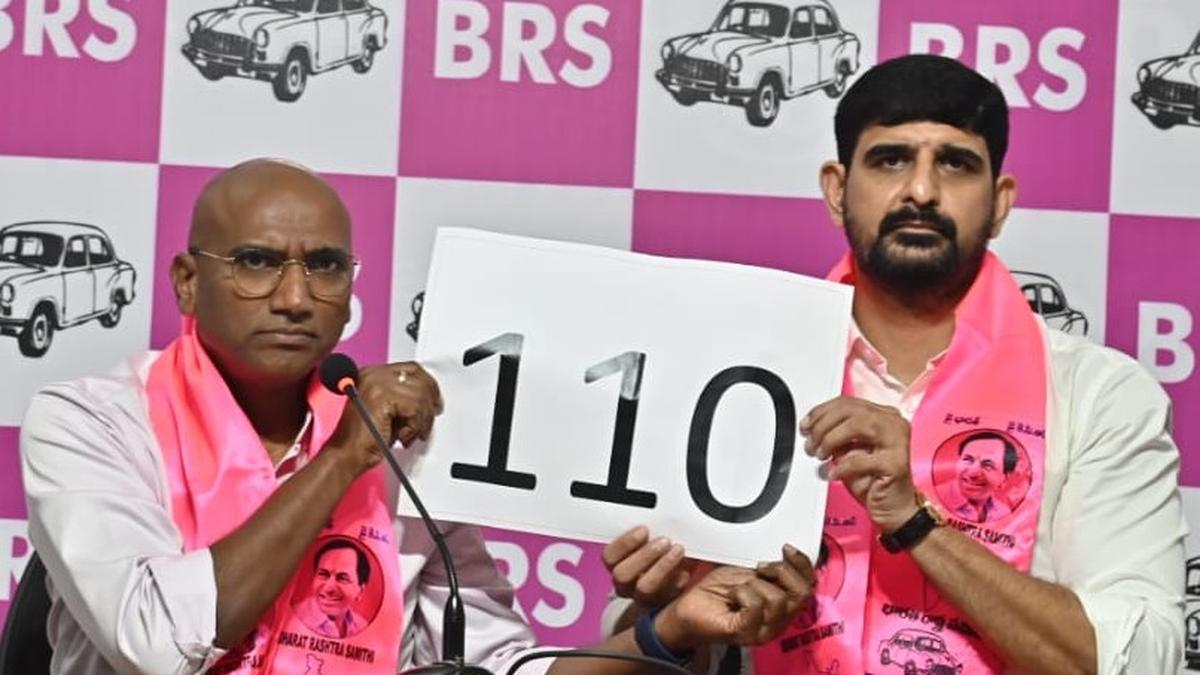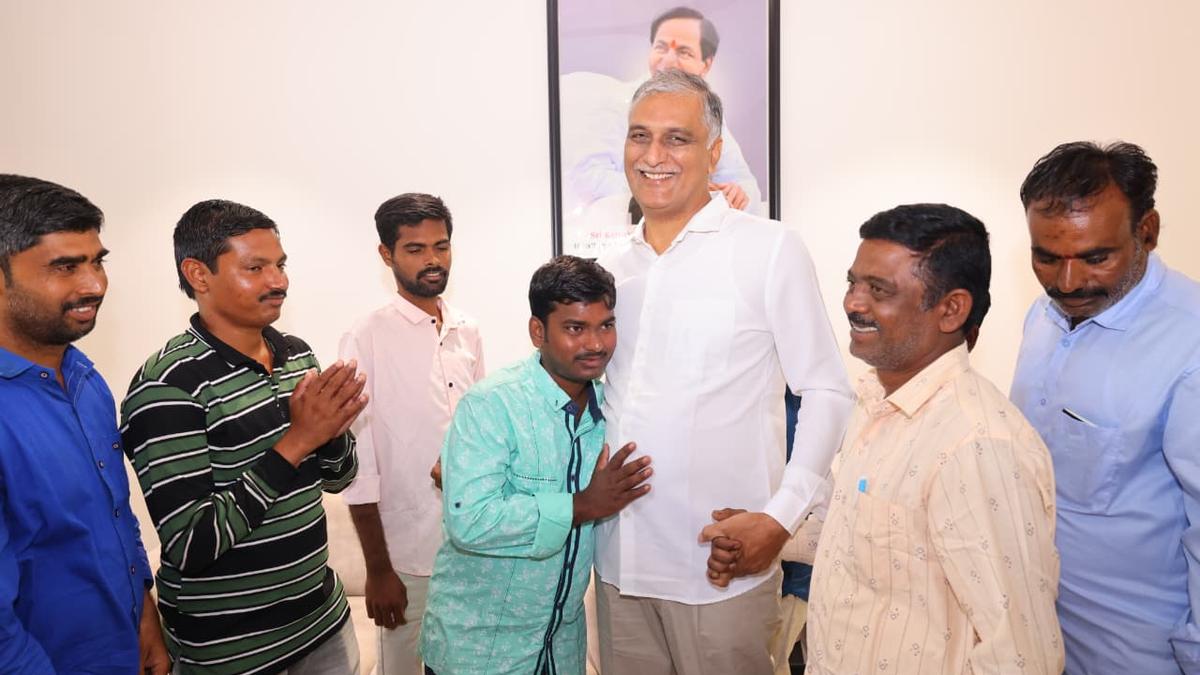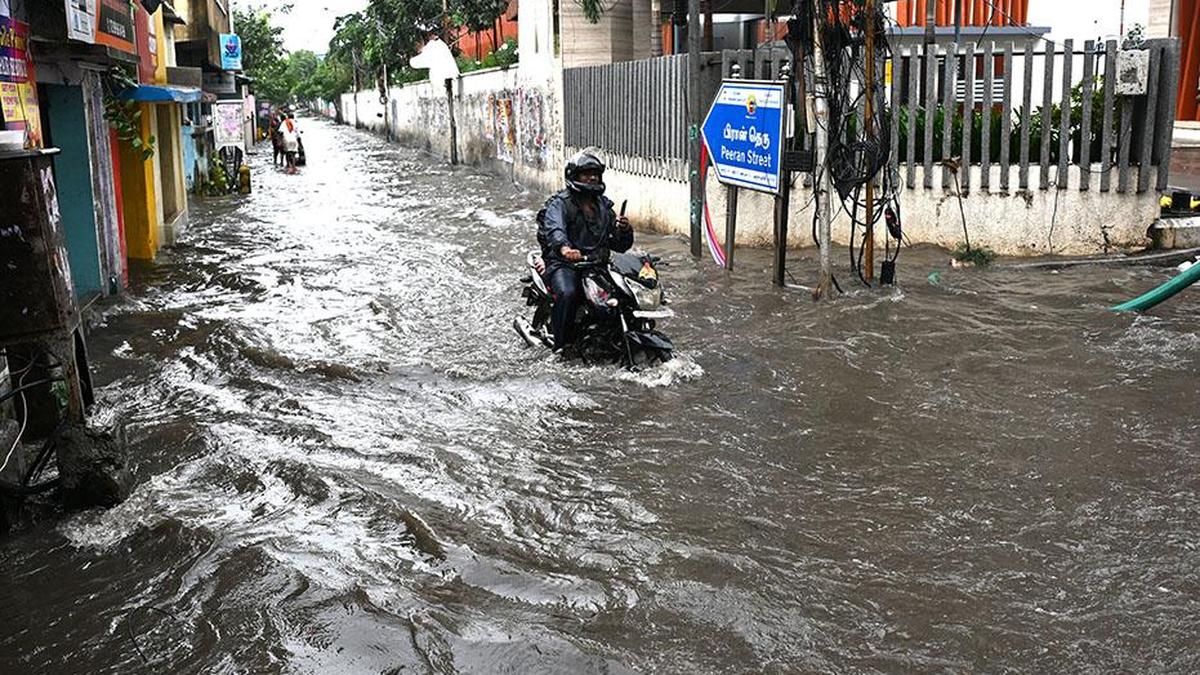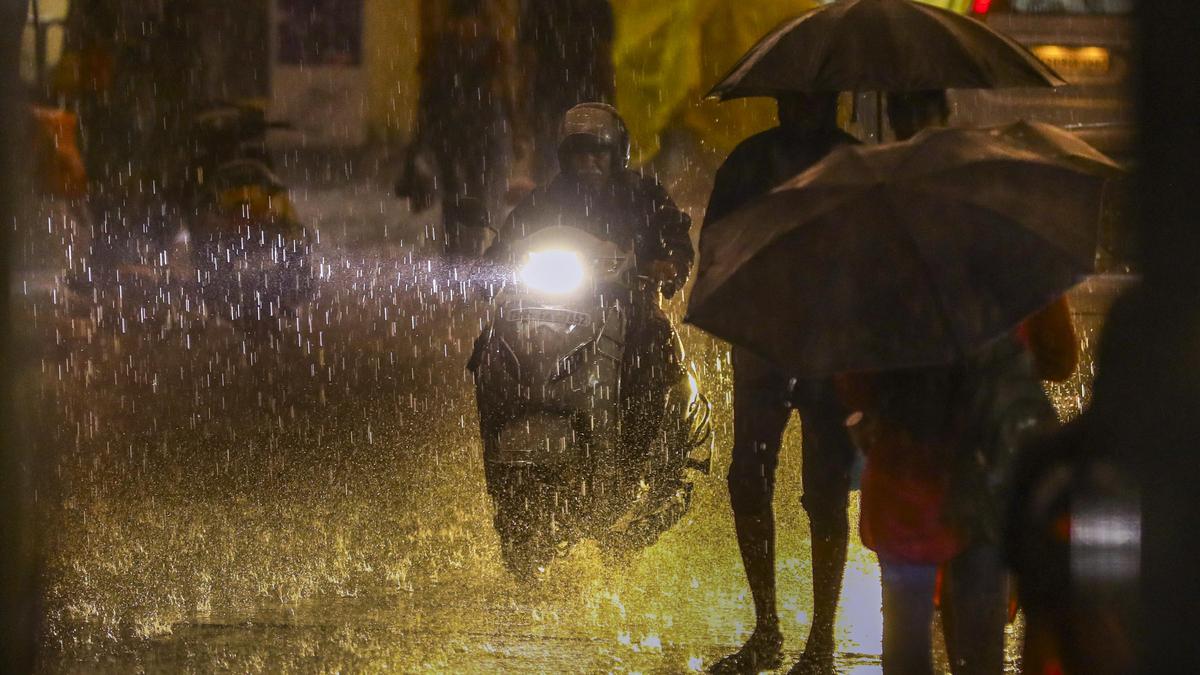
Railway Protection Force steps up video surveillance on general coaches
Amid rising concerns over crimes on board trains, the Railway Protection Force (RPF) has intensified surveillance and measures to manage overcrowding. The police have begun recording videos of passengers on general coaches as a step to prevent crimes and identify suspects if any offences are reported. The RPF have been recording videos from general coaches for about a month following an order from higher-ups in the Southern Railway, an official said. “The primary objective of the move is to deter people who board trains with criminal intentions from committing offences. It is expected that such individuals will abandon their malicious plans once they become aware that they are being watched. The number of offences has come down since we put in place this surveillance measure. Video surveillance also prompts passengers to be more alert to potential dangers,” the official added. The videos also help identify history-sheeters and usual suspects, as the footage is shared in WhatsApp groups of officials and squad members. The videos, mostly shot on tablets and mobile phones, are retained for a few days. “Crimes on board a train are usually reported within two to three days, so there is no need to keep the footage for a longer period,” the official said. The RPF initially recorded videos of passengers in general coaches on a random basis, but after finding the practice effective in preventing crimes, it was expanded and intensified across the Southern Railway. Along with this, RPF squads have also been advising passengers in both general coaches and reserved compartments to keep their valuables secure. The RPF has also taken preventive measures, such as restricting the issuance of platform tickets at crowded stations and instructing ticket examiners not to issue extra-fare tickets to passengers boarding reserved compartments without valid tickets during peak hours. In August, the Southern Railway awarded a contract to Rail Vikas Nigam Limited (RVNL) to install a video surveillance system worth ₹90.64 crore at 484 stations to enhance passenger safety. The surveillance system includes IP-based CCTV cameras with networking, video monitoring systems, and video recording facilities.



